Ventilator Flow Sensor Overview
Ventilator flow sensors are critical components in medical respiratory devices, providing essential data on the flow of gases in ventilation systems. These sensors ensure that patients receive the correct amount of air or medical gas required for their treatment. The functionality of a ventilator flow sensor is paramount in various medical settings, particularly in intensive care units where ventilators are extensively used.
Types and Applications
The types of flow sensors in ventilators vary, including proximal flow sensor models and expiratory flow sensor types. Each serves a unique purpose; proximal sensors are positioned near the patient to measure immediate airflow, while expiratory sensors are used to monitor the air exiting the patient. These devices are integral to the functionality of equipment such as the Dräger neonatal flow sensor, designed specifically for the delicate requirements of neonatal care.
Features and Materials
Ventilator flow sensors are designed with precision, employing advanced materials and technology to ensure accurate readings. Many sensors incorporate thermodynamic principles and come equipped with integrated temperature sensors for temperature compensation. This attention to detail is evident in products like the GE ventilator flow sensor, which is known for its reliable performance in clinical environments.
Advantages of Modern Sensors
Modern sensor ventilator technology has evolved to offer significant advantages. These include enhanced precision in detecting microflows, crucial for administering accurate treatment doses. Safety features such as short-circuit protection are standard, and many sensors now offer digital displays for immediate reading of colorimetric values. The AVEA flow sensor exemplifies these advancements, providing clinicians with a reliable tool for patient care.
Choosing the Right Sensor
Selecting the appropriate ventilator flow meter or sensor is vital for healthcare providers. Factors to consider include the sensor's compatibility with existing ventilator models, such as ensuring a flow sensor for Hamilton ventilator matches the specific requirements of Hamilton devices. Additionally, the Drager Babylog 8000 flow sensor is tailored for compatibility with its respective ventilator system, ensuring seamless integration.
Conclusion
In conclusion, the range of ventilator flow sensors available caters to a broad spectrum of medical applications, each designed to offer stability, accuracy, and ease of use. While exploring options, it is crucial to consider the specific needs of the medical facility and the patients it serves. The selection of a ventilator flow sensor should be based on its technical specifications, compatibility, and the unique features it offers to support patient care.
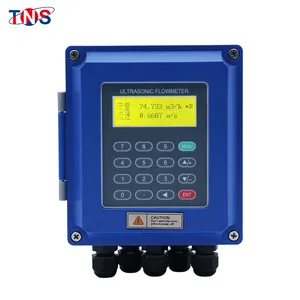





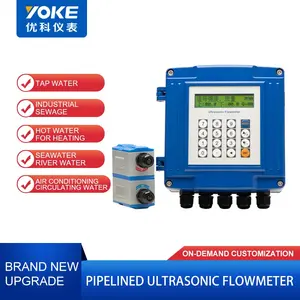


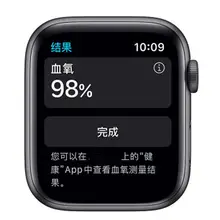
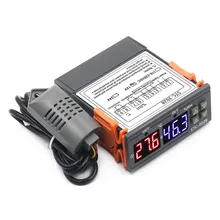




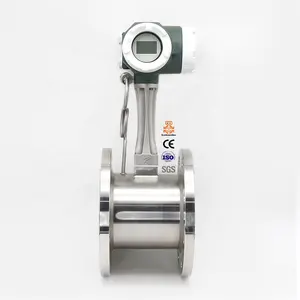
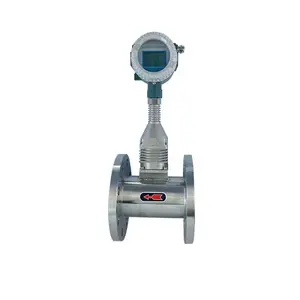

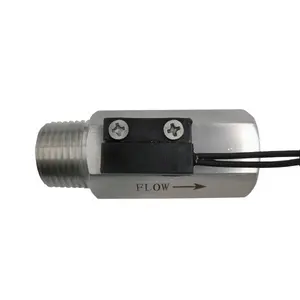
























 浙公网安备 33010002000092号
浙公网安备 33010002000092号 浙B2-20120091-4
浙B2-20120091-4